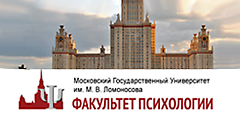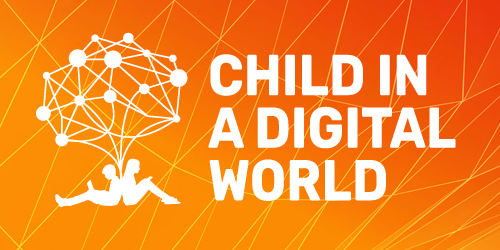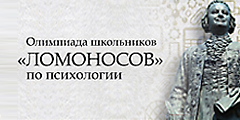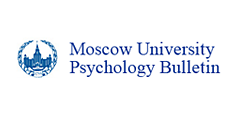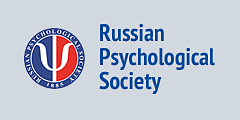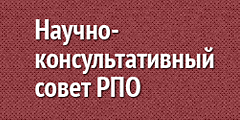Psychology in Russia: State of the Art, Moscow: Russian Psychological Society, Lomonosov Moscow State University, 2014, 4, 136 p.
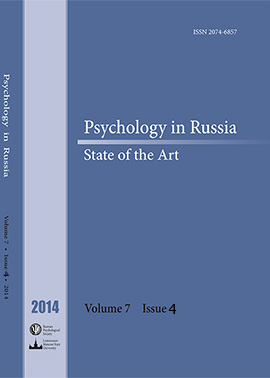
2014
Volume 7 (04)
Volume 7 (04)
Psychophysiology
-
Large-scale network analysis of imagination reveals extended but limited top-down components in human visual cognition
Social psychology
-
Psychological aid in crisis and emergency situations: Psychological follow-up by emergency-related professionals
Mediapsychology
-
Assessment of the digital competence in Russian adolescents and parents: Digital Competence Index



